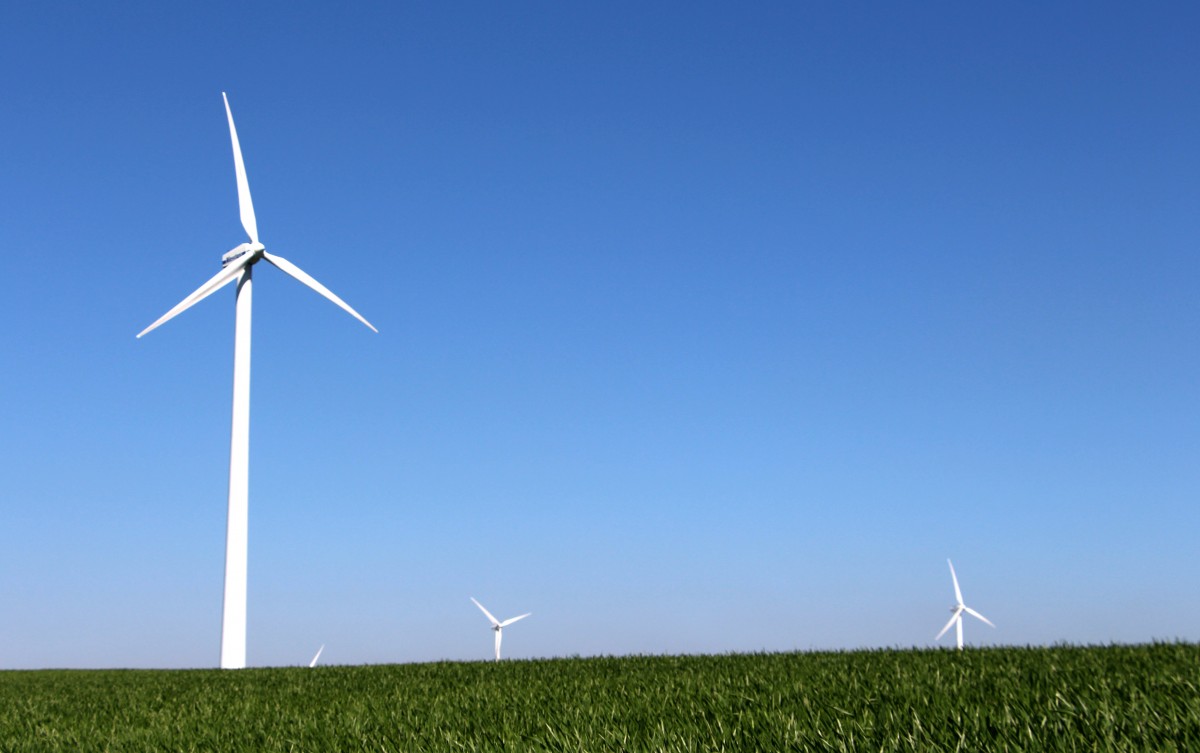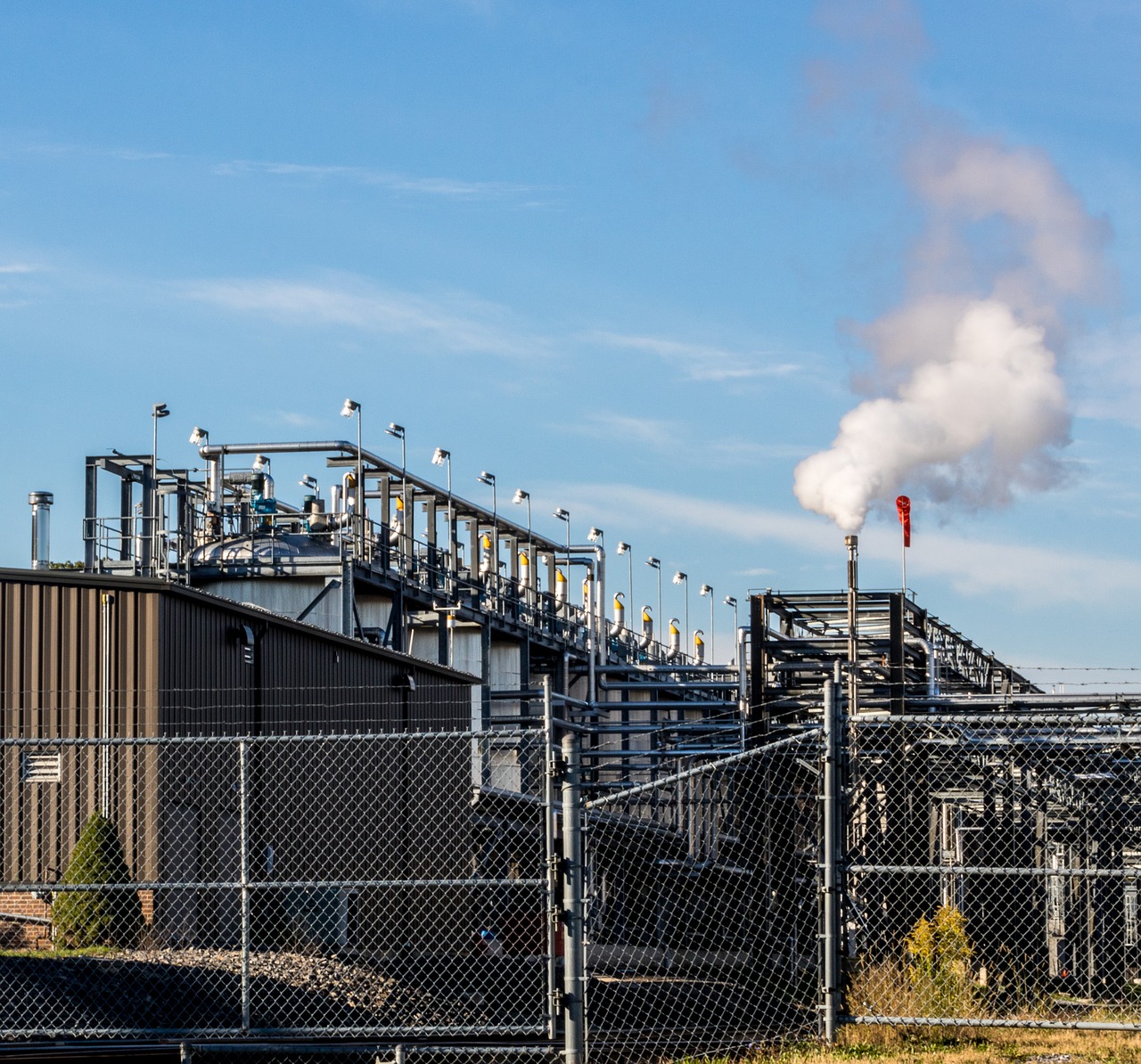The Carbon Footprint of Servers
Published 2019-05-23 by Kalle Nilvér
Updated at 2025-10-22

We have done some research about the carbon footprint of running cloud, data center and on-premise servers.
Our goal has been to find a way to estimate the carbon footprint from the servers we need to calculate emissions for in our business carbon footprint calculator. We wanted to find a good approximation of the emissions without forcing the business to enter everything about the server-model and kWh-consumption they use in our calculator.
This is an attempt to summarize our findings.
PS. Are you looking to lower your carbon footprint and contribute to a more sustainable world? We would love to help! Take responsibility for undefined
We quickly realized that just requiring the number of servers running is a too rough measurement, often resulting in estimations 5-10x lower or higher then a precise calculation. So we needed to require more parameters from our business users to not be too off in our approximation.
After some experimenting and reading we found that there are two factors that both are fairly easy to find out and also make a big impact on the carbon footprint of servers, if the electricity used is green or not and if the servers are in the cloud or not.
Therefor we divide our calculations of the carbon footprint for servers into four categories. More categories could easily be constructed to achieve more precise estimations, but as stated earlier, our goal was also to make this an as easy as possible thing to find out for the business calculating the footprints.
The four categories we ended up with are:
- Cloud server using 100% green electricity
- Cloud server using non-green electricity
- On premise or data center-server using 100% green electricity
- On premise or data center-server using non-green electricity
To find out which category to use, you need to know if the electricity your servers are using is 100% green (or if the electricity not green is being offset in a credible way) and if your servers can be considered running in a cloud.
How do I know if the electricity our servers are using is 100% green?

With green electricity we mean fossil free electricity, so both renewable energy sources and nuclear energy are considered green - and are in our calculations considered having a zero climate impact. This is not 100% true since both renewable sources and nuclear sources have a carbon footprint from construction and maintenance, but the climate impact are negligible in comparison with electricity from fossil sources.
Depending on where your servers are located, there are different ways of finding out if the electricity your servers use is green:
- On premise-server - check your electricity contract or contact your electricity-provider
- Data center-server - check your contract or contact your provider
- Cloud server - this is a bit more tricky. But if you want the short answer per provider:
- Google Cloud - 100% green
- Microsoft Azure - 100% green
- Amazon AWS - Non green electricity for all locations except US West (Oregon), Europe (Frankfurt), Europe (Ireland), GovCloud (US-West), Canada (Central). More locations might appear in the future here: https://aws.amazon.com/about-aws/sustainability/
- Oracle - Non-green except for in the UK
- IBM - Non-green
- Alibaba - Non-green
Source and more thorough examination of the cloud providers can be found here: The State of Data Center Energy Use in 2018
How do I know if my servers are in the cloud?

This might sound like an easy question, but there are many local providers that have smaller cloud-like solutions that might be as energy effective and utilize servers as good as the larger ones.
So the question you should ask yourself here - if you are unsure if your servers can be considered being in the cloud or not - is if your provider can utilize servers about as effective as the larger providers and if they can have the same energy efficiency as the larger ones.
The difference between the carbon footprint of servers running in large cloud providers and not can be big. According to the studies we have found on this:
- A large cloud provider achieves about 65% server utilization rates vs 15% on-premises (https://www.nrdc.org/sites/default/files/data-center-efficiency-assessment-IP.pdf).
- A on-premises data center is 29% less efficient in their use of power compared to a typical large cloud provider that uses top facility designs, cooling systems, and workload-optimized equipment. (https://en.wikipedia.org/wiki/Power_usage_effectiveness)
We have decided to apply a simple factor of 0.5 for the energy consumption and server utilization of servers in the cloud. Amazon AWS claims a reduction of 84% in the amount of power required, but since we don't have data for other providers we prefer to be bit more conservative here.
The energy consumption from manufacturing and use

In our carbon footprint business calculator we have chosen to use data from a standard 2019 R640 Dell server. This is deemed as a high end but not unusual server being bought 2019. An exact server model would give more precise data here, but we decided that it was not reasonable to expect people using our business calculator to know the exact name of the servers if the have been bought by the business, and in the cloud it's close to impossible to know exactly what hardware model your server is run on anyway.
The data sheet for the server we chose can be found here: https://i.dell.com/sites/csdocuments/CorpComm_Docs/en/carbon-footprint-poweredge-r640.pdf
The server is consuming 1760.3 kWh / year and has a manufacturing climate impact of 320 kg CO2e/year, assuming a four-year life span.
If you are doing a calculation of your own and you know exactly what kind of server you or your provider uses, you should use those numbers instead.
The Four Carbon Footprint categories
We have used the Nordic Residual Energy mix as the factor for CO2e emissions per kWh. The factor is 0,37199 CO2e / kWh (updated 2022). The reason for us using this is that most business using our calculator are expected to be in the Nordics.
So, if we use these number and assumptions from above:
- Emissions from production of servers for use on premise: 320 kg CO2e/year
- Emissions from production of servers for use in cloud (since 50% is manufactured for use in cloud): 160 kg CO2e/year
- Emissions from green power consumption: 0 kg CO2e/year
- Emissions from non-green consumption for premise power or self-managed servers: 1760,3 kWh / year * 0,37199 CO2e / kWh = 655 kg CO2e
- From non-green cloud power consumption: 1760.3 kWh / year * 0,37199 CO2e / kWh * 0,5 = 327 kg CO2e
This results in these factors four our four categories:
- Cloud server using 100% green electricity: 160 kg CO2e / year and server
- Cloud server using non-green electricity: 487 kg CO2e / year and server
- On premise or data center-server using 100% green electricity: 320 kg CO2e / year and server
- On premise or data center-server using non-green electricity: 975 kg CO2e / year and server
Please comment to this post if you have any questions or comments!
If you want help with doing a GHG-emissions calculation for your business, feel free to use our carbon footprint business calculator or contact us at [email protected] - and if you want to start living a climate neutral life, join us today!